INDIE FILM Interview: Small, Beautifully Moving Parts
Small, Beautifully Moving Parts, written and directed by Annie J. Howell and Lisa Robinson and starring Anna Margaret Hollyman, is fast on its way to becoming an indie film success story. The film began as a low-budget web series shot in New York City that was optioned by the Sundance Channel, and, a few years later, the creative team decided to expand it into a feature. Now, the completed film has received glowing praise from many top publications, including Roger Ebert, who writes about the film: “Effortlessly engaging … this is a small film and knows exactly how to be a small film. Like many New Yorker short stories, its purpose is to strike a particular note and allow it to reverberate.”
I’ve known co-director Annie Howell for years, ever since working for her as a screenwriting instructor at the New School University in New York City, and I’ve followed this project from its inception. Here’s my recent discussion with her and Lisa Robinson…
This film began as a web series, SPARKS. I remember watching it for the first time and I loved it! Can you talk about the transition from web series to feature, and did you end up using any of the footage from the web series in the feature?
It was incredibly helpful going from webisode to feature. We are a film that’s not “based on” but really “inspired by” a series, as each has a slightly different tone and of course a different structure. Some elements, though — character and theme, mostly — were served in the feature by the time spent developing them in the series. And NO — no footage made it over; they really are two different animals (different formats, different actors…).
At that time, webisodes were really taking off — how do you feel about them at this time?
The web feels like it’s changing all the time – so it’s hard to even say how one form is doing one day to the next. We were grateful that the Sundance Channel licensed our series, giving us a little push toward a feature. But the most important thing the series provided was a chance for us to simply begin working on our feet … plus the empowerment it gave us to take control and make something.
With the internet now, it’s easy to think we can just sit at home, put our scripts on Inktip or films on YouTube or Vimeo and launch a career, but does pressing the flesh in person at film festivals or in meetings still get you further?
Festivals and personal contact, through any kind of showcase or meeting or talent development program, is still absolutely KEY. The internet is great but it’s a mighty big pond. Filmmaking has always been a bit of a renaissance profession in that one has to have an incredible variety of skills, but now, add to that a marketing/grassroots outreach in order to get people to read your tweets. And your mail chimps! (The fact that these two new strange animals, tweeting birds and emailing monkeys, were critical to our success signals how new this world really is.) Our fest experience has been awesome –- from winning in the Hamptons (Sloan Feature Film Prize) to full houses in Denver, Cleveland and Mill Valley … it was a thrill.
We wanted to back her into a corner and watch what she’d do. And, we hadn’t seen very many nuanced portrayals of pregnancy on the big screen.
In the original short, your protagonist wasn’t pregnant, and now in the feature, she is. Was this due to you two getting pregnant in the gap, and how did the feature script reflect your actual life experiences? Was the actress actually pregnant?
The whole timing of our movie made life and art collide in very interesting ways! We both had newborns when we wrote the script, so yes, it was absolutely on our minds. But we also simply wanted to create a difficult situation for our protagonist, who is not opposed to being a mom but is simply distracted by some troubling relationships from her past, namely, with her own mother. We wanted to back her into a corner and watch what she’d do. And, we hadn’t seen very many nuanced portrayals of pregnancy on the big screen; it’s usually more straightforward with either unadulterated elation or a set of moan-and-groan physical ailments. Anna Margaret Hollyman was definitely not pregnant. She wore a crazy turtle shell designed for Broadway shows! It was all good until we hit the 110 degree Arizona heat and that shell became … uncomfortable, to say the least.
How do you balance family, a day job and a freelance film career?
By accepting that you won’t be able to simultaneously give 100% of your energy to more than one arena, to employ the circus metaphor.
(left to right) Lisa Robinson and Annie J. Howell
What’s your process for writing and directing together? What is the key to finding the right collaborator?
Neither of us ever had firm plans to find a long-term collaborator, so we can only speak to the fact that our decision to work together began casually and grew from there. We simply had a conversation at a party one night that it would be fun to make something together. We knew we liked similar types of movies and directors, liked each other’s short films, and were good friends. In terms of our process, we let things unfold on the set pretty organically — no one person is in charge of any particular task, but rather, we rotate throughout the day and simply check in with each other regularly. Like, very regularly.
This is a true “no-budget/low-budget” indie film, and with three stars from Roger Ebert and a theatrical roll-out, it looks like it’s really picking up steam. What have been the vital steps in the creation and marketing of the film and where do you go from here? Are you still working on a larger distributor for theatrical or DVD/VOD?
There have been so many vital steps — too many to count or relate! But we can talk about our next step which is winding down our theatrical release this summer and getting the film out to DVD/VOD this fall with our distributor Film Movement.
…as this term “indie” evolves, maybe its current meaning really has to do with controlling content.
How do you feel the digital delivery space has helped or hindered indie filmmakers?
Access is so important and the fact that people can download a small indie film all over the world is encouraging and exciting. On the other hand, there’s a huge amount of content to compete with so the bar keeps rising on the amount of self promotion and outreach filmmakers need to do to successfully find their audience and keep their attention. Overall it’s positive but there are certainly challenges.
What kind of a time commitment should a filmmaker expect these days with an indie feature? Two years from completion of the script? Five years?
Probably three, but it’s on and off sort of work.
What distinguishes a character-driven, “indie” script from a major studio one?
It’s hard to say, because Hollywood over the years certainly has produced great character-driven work. And smaller films are now regularly engaging genre, which used to be reserved for bigger budgets. So as this term “indie” evolves, maybe its current meaning really has to do with controlling content. Filmmakers don’t need the same financing, frankly, and crew size can come down considerably with DSLR cameras. They produce a beautiful look that simply does not require the same amount of gear as film or other HD cameras.
What are your tips for screenwriters who want to write indie films, not the major studio type material? How can they find the right indie producers and filmmakers who will help them get their script on screen?
On this, it seems to be the same equation that’s always been there — networking events, classes, festivals, contests. Finding friends of friends who know someone who’s looking to produce smaller films … and will provide an introduction so that producer might read your unsolicited material.
How has working in academia helped you to become a better writer or director, if at all?
We are both professors, which provides stability, but also forces you to articulate process and constantly question methodologies for both writing and directing. They key is to keep your own work alive while looking at so much of other peoples’ work. Luckily, there’s this thing called summer….
Did you approach any bigger name talent for Small, Beautifully Moving Parts or was it always meant to be a cast of relative unknowns? Attaching talent can be one of the toughest things to do — any tips on how to pull it off?
We knew up front that we would offer roles to actors we’d worked with before, and in many cases parts were written for specific individuals. It was truly a “friends and family” effort, asking other filmmaker friends to read the script and suggest people we might talk with if we didn’t know anyone already. It’s a great way to work.
You are both New York filmmakers. How does the New York industry differ from L.A.? (Personally, I find it fun to keep track of those “New York actors” who pop up in shows like 30 Rock, The Sopranos and Law & Order, and I assume it’s because they’re based in New York and know everyone in that community?)
Neither of us has ever lived for more than a few months in L.A., so NYC is our frame of reference! In NY, there is a common profile, you’re right, of Theatre/TV actors who keep on keeping on in this impressive, sustained way, making a living by taking advantage of what the city has to offer as opposed to gearing all goals toward something more superlative, like starring in a huge Hollywood film. It’s all about continuing to work, which we completely understand.
What are you working on now and how has SBMP helped you with current or future projects?
We got a grant to begin our next feature, which we are hoping to shoot next summer. We are writing now and it’s too early to talk about it except to say that we’ll continue to mine favorite topics — technology, relationships, life transitions — and find the poignancy and humor in all. Has SBMP helped? In ways too complex to quantify!
I’d like to thank Annie and Lisa for their time and congratulate them on their film, and you can watch the trailer and learn more about Small, Beautifully Moving Parts here.
More interviews to come. Stay tuned to the blog and sign up for the Story Maps Newsletter HERE for special offers, story analysis, industry news and the occasional exclusive call for script submissions!
Good luck and happy writing,
Dan Calvisi
Click to read excerpts and purchase Story Maps
“A brilliant example of what every aspiring screenwriter needs to know about the art of writing screenplays. A must read for serious screenwriters.”
-J. Stephen Maunder, writer/director

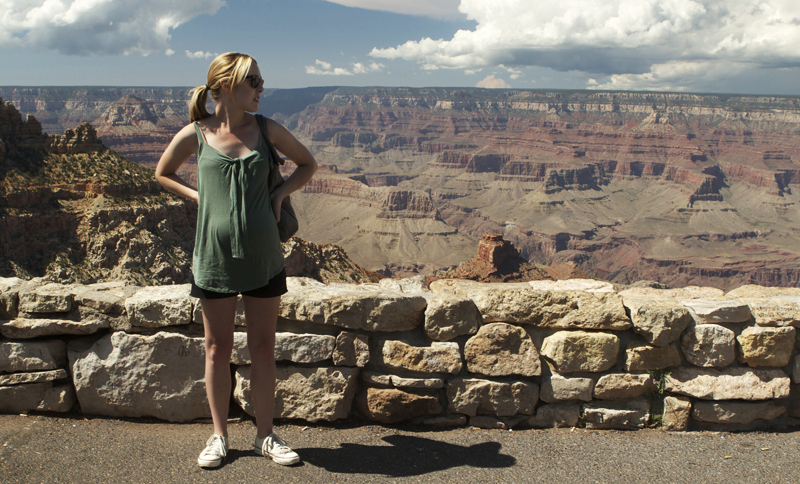
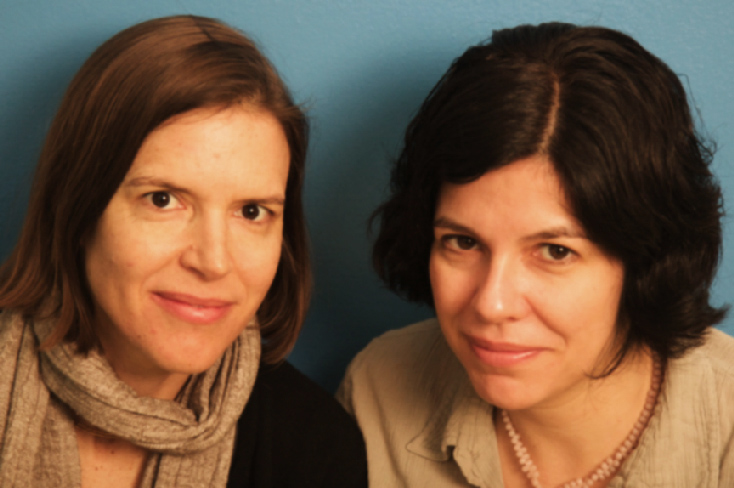
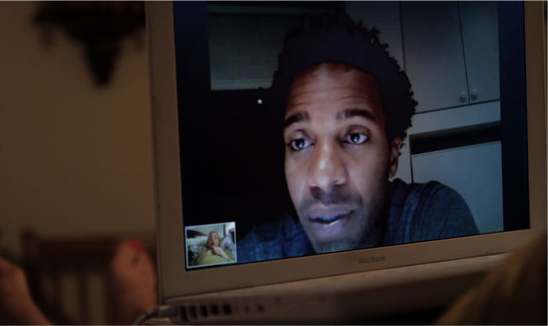
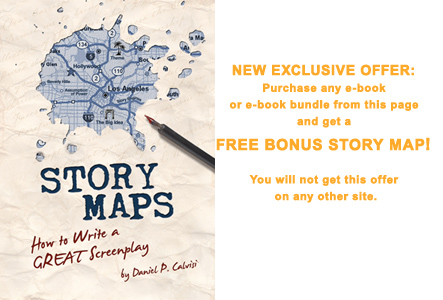
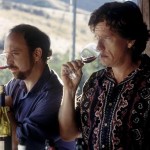
Leave a Reply
Want to join the discussion?Feel free to contribute!